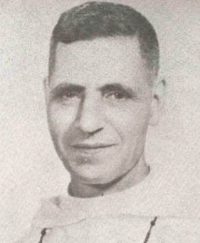Big posters were displayed in various parts of the city, depicting the barbarism of the American bombers, inciting the people to air their indignation and to rise in unison to fight for their independence and national integrity.
Instead the people are feeling not indignation but joy. During and after the raids, they are not angry nor fearful but trustful that the bombs would fall only on military targets, and hopeful that these incursions will put an end to their captivity and their miseries.
What really cause public indignation were the abuses committed by the Japanese after the bombings aside from those they had been regularly committing.
After the bombings, the Japanese hurriedly emptied the Port Area of their gasoline tanks and anti-aircraft equipment.
Many of the Japanese anti-aircraft batteries have been installed in residential and commercial zones, in vacant lots, on terraces of tall concrete buildings, and in front yards or campuses of schools. In some case, the anti-aircraft nests were transferred to new locations, for fear that the former sites had already been installed, so that the greater part of the city has become a military target.
The Army has started commandeering Churches and convents, at least those within the city, which up to this point had been spared. The Sta. Cruz church is being used as a storage for ammunition barracks; Binondo Church was burned, and this left the three most populated districts of Manila without churches. The churches of Mandaluyong and Diliman are also being commandeered. The convents of the Franciscans, Augustinians and Recollects are now finally occupied after a month of fruitless protests.
